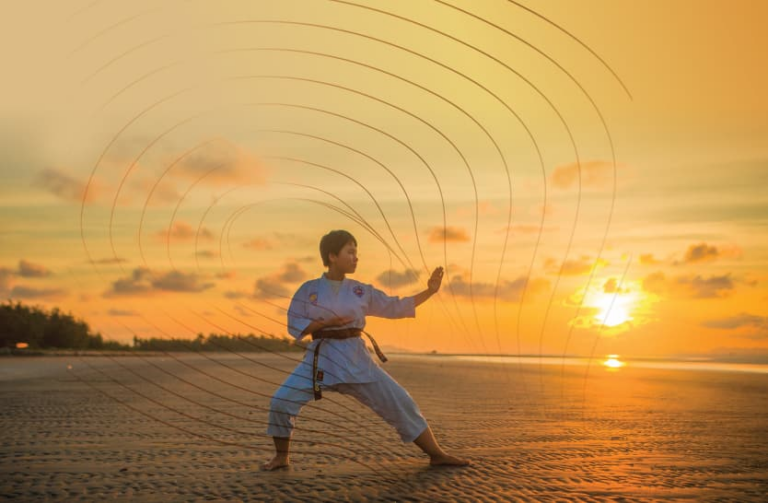Kick, Punch, Flow: Exploring the Fluidity of Martial Arts Movements

Martial arts, often perceived as a display of strength and precision, is equally an art of fluidity and grace. In the intricate choreography of kicks, punches, and blocks, there lies a profound sense of flow that extends beyond mere physical movement. In this exploration, we delve into the dynamic world of martial arts, uncovering the significance of fluidity in its movements and the transformative impact it has on both the practitioner and the observer.
- Harmony in Motion: At the heart of martial arts is the pursuit of harmony, not just in combat but in the very essence of movement. The fluidity of martial arts movements emphasizes the seamless transition from one technique to another, creating a dance-like rhythm. This harmonious flow embodies the beauty and grace that elevate martial arts to an art form.
- Adaptability and Reflexes: Fluid movements in martial arts are not just aesthetically pleasing; they serve a functional purpose. The ability to seamlessly adapt and transition between techniques reflects a practitioner’s heightened reflexes and situational awareness. The fluidity of motion enables practitioners to respond effectively to ever-changing circumstances in a dynamic environment.
- Mind-Body Synchronization: The fluidity of martial arts is a manifestation of the deep connection between the mind and body. Through rigorous training, practitioners cultivate an acute awareness of their movements, fostering a synchronization that goes beyond the physical. This mind-body connection enhances coordination, balance, and overall physical performance.
- Expressing Personal Style: Every martial artist develops a unique style that is expressed through the fluidity of their movements. While adhering to foundational techniques, practitioners inject their personality into their motions, creating a personalized form of self-expression. This individuality adds a layer of artistry to the structured discipline of martial arts.
- Cultivating Flow State: Martial artists often speak of entering a state of “flow,” where movements become almost instinctual, and the practitioner is fully immersed in the present moment. The fluidity of martial arts movements plays a pivotal role in achieving this flow state, providing a mental and emotional experience that transcends the physical.
- Visual Poetry in Motion: To the observer, martial arts in motion is a visual poetry, a captivating display of agility, precision, and grace. The fluidity of movements captivates audiences and emphasizes the transformative power of martial arts beyond its practical applications.
Conclusion:
“Kick, Punch, Flow” encapsulates the essence of martial arts as a dynamic and transformative art form. Beyond the physical prowess displayed in kicks and punches, the fluidity of martial arts movements speaks to the beauty and harmony cultivated through years of disciplined practice. It is a testament to the art’s ability to transcend the boundaries of combat, becoming a holistic expression of physical, mental, and emotional well-being. As we explore the fluidity inherent in martial arts, we uncover a world where movement becomes a form of art, and practitioners become both artists and athletes in the dance of combat.

